Jibhi Waterfall – A One‑Kilometre Walk to Jibhi’s Signature Cascade
Why Go
Just a short stroll from the village square, Jibhi Waterfall combines postcard beauty with effortless access. Cross quaint wooden bridges, follow pine‑scented forest paths, and pass stone houses trimmed with traditional Himachali woodwork—the crescendo of rushing water guides you every step of the way.
As you round the final bend, the waterfall bursts into view—white ribbons of water plunging into a jade pool, mist catching the sunlight.
Local Insight
Villagers revere Jibhi Waterfall as a guardian of the valley; its waters feature in harvest rituals and folk tales shared around winter hearths. Ask an elder, and you’ll hear how the “singing falls” have marked seasons and celebrations for generations.
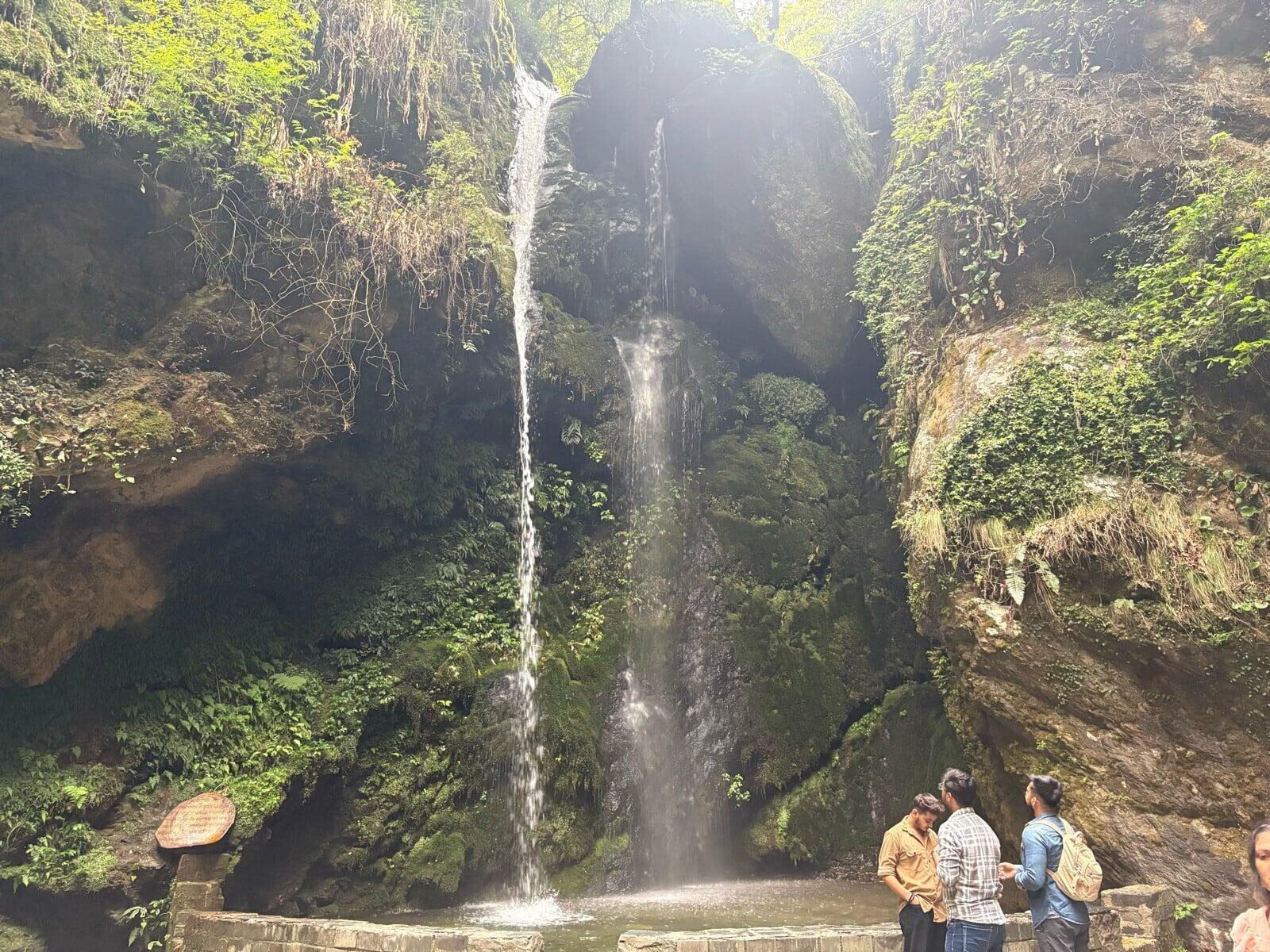
Ready to lace up? From Jibhi Stories, the trailhead is a five‑minute walk—just follow the sound of nature’s applause.
Best Times to Visit
- Morning (6 AM – 9 AM): Golden light, minimal crowds, crisp mountain air—ideal for photographers.
- Evening (4 PM – 6 PM): Soft, diffused light and cooler temperatures create a dreamy, almost ethereal atmosphere.
The Walk
- Wooden Footbridges: Perfect photo stops over crystal‑clear streams
- Dense Cedar & Pine: Cool shade even in midsummer
- Heritage Architecture: Spot centuries‑old kath‑kuni homes tucked into the hillside
Photography Tips
- Slow shutter (≈ 1/15 s or slower) for silky‑water effects
- Use a polarising filter to tame glare on wet rocks and foliage
- A wide‑angle lens captures the full cascade plus surrounding forest
- Golden‑hour light (sunrise or sunset) adds warmth and depth to every frame
Traveller Tips
- Pack out all trash and tread lightly—help us keep Jibhi Waterfall pristine for the next storyteller.
Mini Thailand Pool – Jade‑Green Rock Pools for a Mid‑Hike Dip
Why Go
Tucked along the crystal‑clear Tirthan River, this natural “infinity pool” gets its nickname from the turquoise water and limestone boulders that look straight out of Southeast Asia. Rope bridges and fern‑lined cliffs frame a perfect swimming hole—just remember it’s a leave‑no‑trace zone.
The Walk
Follow a riverside path from Jibhi Road, hop across smooth river stones, and wind through rhododendron thickets before the pool reveals itself in a sudden splash of emerald.
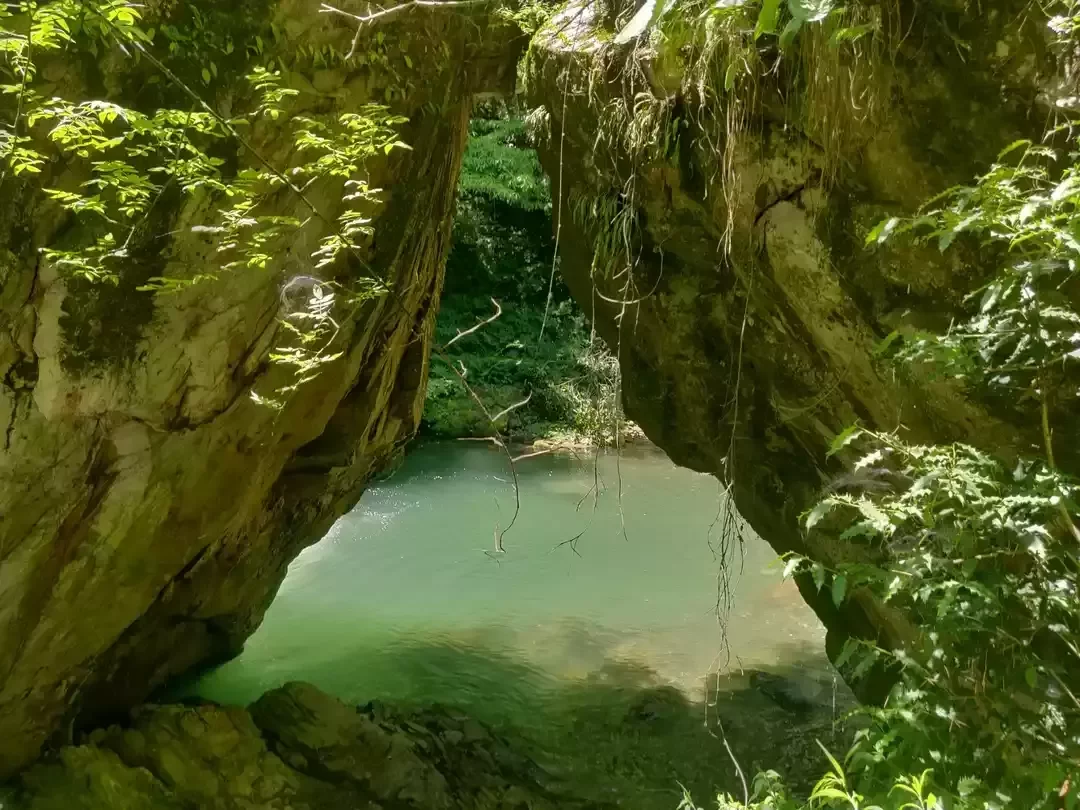
Quick Facts
- Difficulty: Easy–Moderate
- Travel Time: 2–3 hours round‑trip
- Best Season: March – November (avoid peak‑monsoon flow)
Best Times
- Morning (7 AM – 10 AM): Sun lights the water from above, crowds are few.
- Late Afternoon (3 PM – 5 PM): Warm rocks, soft shadows, great for a quick plunge before sunset.
Photography & Safety Tips
- Polarising filter cuts glare on water.
- Waterproof bag for gear—spray is constant.
- Current can be swift after rain; test depth before jumping.
Local Insight
Villagers once used these pools for ritual cleansing before harvest festivals; elders still consider the waters sacred.
Chaini Kothi (Chehni Kothi) – A 1,500‑Year‑Old Stone‑and‑Wood Sentinel
Why Go
Standing nine storeys tall without a single nail or cement joint, Chaini Kothi is Himachal’s tallest traditional tower. Sunrise bathes its ancient deodar beams in molten gold, while 360° views stretch from Tirthan Valley to Jalori Pass.
The Trek
Begin at Bagi Village’s Shringa Rishi Temple, climb stone steps through terraced fields, and wind into a cobbled courtyard where the tower looms like a time capsule.

Quick Facts
- Difficulty: Moderate (steep final ascent)
- Travel Time: 2–3 hours round‑trip from Bagi Village
- Best Season: Year‑round (carry spikes in heavy snow)
Best Times
- Sunrise (5:30 AM – 7 AM): Soft light, swirling mist—magical photographs.
- Post‑Monsoon (Sept – Nov): Crystal‑clear skies reveal distant snow peaks.
Photography Tips
- Wide‑angle lens captures tower plus village roofs.
- Early light brings out warm tones in deodar wood.
Local Insight
Legend says the tower once housed royal treasures; villagers still ring its wooden bell to signal seasonal festivals.
Serolsar Lake Trek – Mirror‑Calm Waters Beyond Jalori Pass
Why Go
A high‑altitude lake cradled by oak and kharsu trees, Serolsar changes colour with the sky—emerald in summer, sapphire under autumn skies, and silver‑white in winter snow. Local lore claims its waters are so pure they never gather fallen leaves.
The Trail
Begin at Jalori Pass tea stalls, follow a well‑marked forest path, and catch glimpses of snow‑capped Dhauladhar peaks before the lake appears, perfectly circular, beside the modest Budhi Nagin temple.

Quick Facts
- Difficulty: Moderate
- Travel Time: 10 km round‑trip from Jalori Pass (10,800 ft).
- Best Season: 4–5 hours walking; full‑day excursion with picnic
- Best Season: April – November (lake freezes Dec–Feb)
Best Times
- Mid‑Morning Start (9 AM): Reach the lake by noon for picnic lunch.
- Winter Trek (Dec – Feb): Snow adds fair‑tale charm—hire a guide and carry crampons
Photography Tips
- Reflection shots are best when wind is calm (early afternoon).
- Use a CPL filter to deepen sky contrast.
Local Insight
Pilgrims believe the resident serpent goddess keeps the lake spotless—locals still sweep fallen leaves from the surface to honour her.
Bahu Village Temples – Cedar‑Carved Shrines & Apple‑Orchard Walks
Why Go
Perched on a sunlit ridge, Bahu boasts some of Himachal’s finest kath‑kuni wood‑stone temples, their intricate cedar carvings glowing amber at dusk. Surrounding apple orchards explode in white‑pink blossoms each spring and crimson fruit come autumn.
The Experience
Wander narrow lanes past slate‑roof cottages, chat with orchard farmers, and watch priests light evening diyas that bathe temple façades in flickering gold.
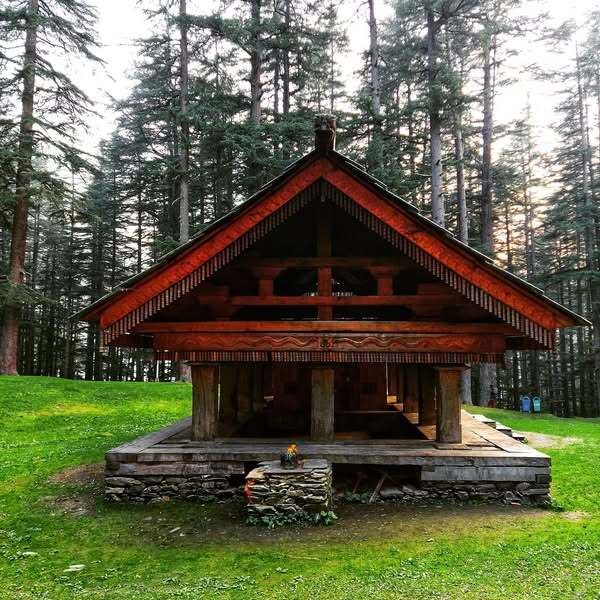
Quick Facts
- Difficulty: Easy
- Travel Time: 30‑min drive + gentle village stroll.
- Best Season: April – June (apple blossoms) & September – October (harvest)
Best Times
- Mid‑Morning Start (9 AM): Reach the lake by noon for picnic lunch.
- Winter Trek (Dec – Feb): Snow adds fair‑tale charm—hire a guide and carry crampons
Photography Tips
- Reflection shots are best when wind is calm (early afternoon).
- Use a CPL filter to deepen sky contrast.
Local Insight
Pilgrims believe the resident serpent goddess keeps the lake spotless—locals still sweep fallen leaves from the surface to honour her.
Jalori Pass Trek: Overview
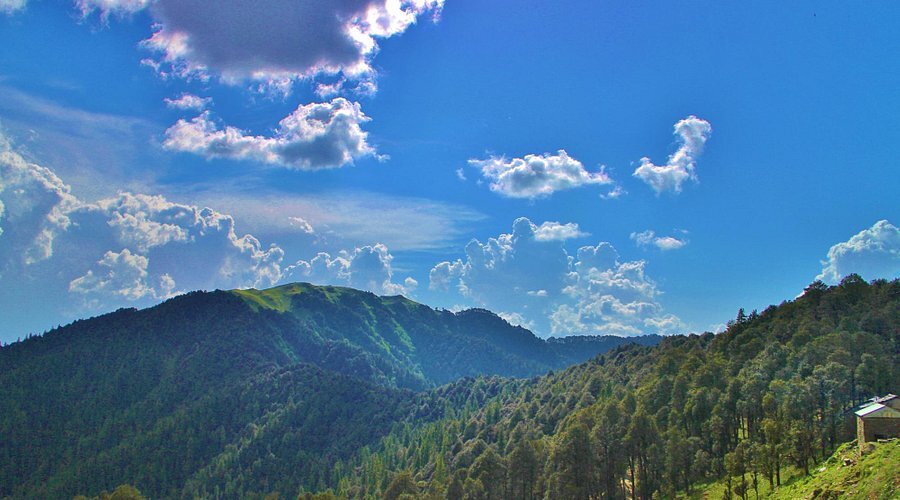
Jalori Pass Trek is a breathtaking yet relatively unexplored trekking destination in Himachal Pradesh, offering stunning views of the Himalayas. Situated at an altitude of 3,120 meters, Jalori Pass is easily accessible from Shoja or Jibhi, making it an ideal trek for both beginners and experienced trekkers. The trail winds through dense oak and pine forests, vibrant rhododendron blooms in spring, and lush meadows, creating a scenic paradise for nature lovers. The trek offers mesmerizing panoramic views of the Dhauladhar and Kinnaur ranges, making it one of the best short treks in the region.
One of the major attractions of the Jalori Pass Trek is the serene Serolsar Lake, a crystal-clear lake surrounded by thick forests, just a 5 km hike from the pass. The trek also provides an opportunity to explore ancient temples like the Mahakali Temple (Jalori Mata), adding a cultural and spiritual touch to the adventure. With its rich biodiversity, charming landscapes, and easy accessibility, the Jalori Pass Trek is perfect for weekend adventurers looking to escape the chaos of city life. Whether you seek solitude, breathtaking mountain views, or an immersive Himalayan trekking experience, this trail offers it all.
Tirthan Valley Trout Fishing
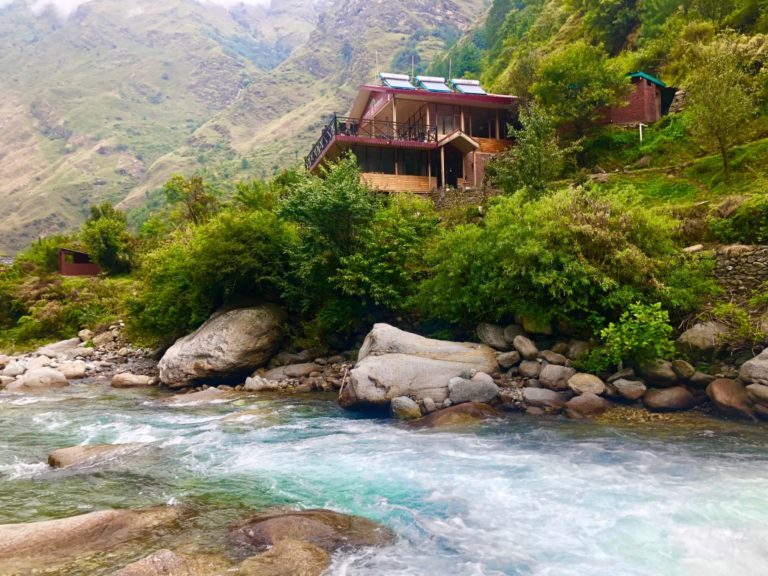
Tirthan Valley is an enchanting location within the Kullu district of Himachal Pradesh, India. Named after the pristine Tirthan River, the valley is a gateway to the Great Himalayan National Park (GHNP), a UNESCO World Heritage site. It's renowned for its scenic beauty, blossoming meadows, and lush foliage that creates an alluring blend of greenery and freshwater bodies. The valley offers a serene retreat away from the bustling city life and is slowly becoming a go-to destination for travelers seeking tranquility and adventure. The crisp mountain air and the sound of the flowing river add to the charm of this untouched paradise. Activities like trout fishing, trekking, camping, and wildlife watching are quite popular here. The rich biodiversity, coupled with the cultural authenticity of the local villages, makes Tirthan Valley not just a natural wonder but also a cultural haven. Small homestays and guesthouses dotted along the river provide comfortable accommodations, merging the experience of nature with warm hospitality.
Great Himalayan National Park
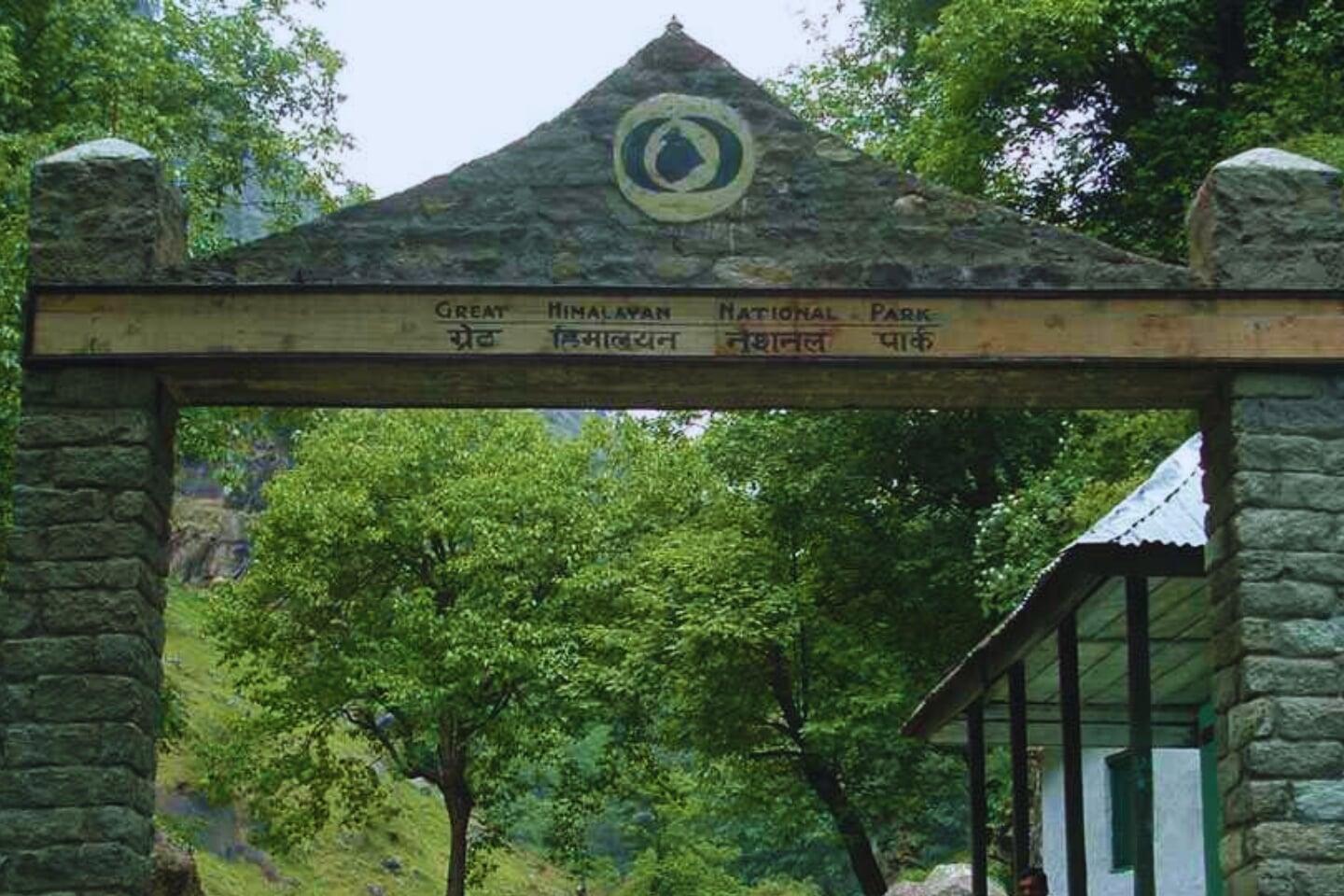
The Great Himalayan National Park is nestled in the Kullu region of Himachal Pradesh. It is a UNESCO World Heritage Site and one of India’s most captivating natural wonders. Spanning over 1,171 square kilometers, the park is celebrated for its diverse ecosystems, breathtaking landscapes, and a rich variety of flora and fauna. Established in 1984 and gaining UNESCO World Heritage Site recognition in 2014, it is a prime destination for ecotourism and nature lovers, offering a wonderful experience of the Western Himalayas.
